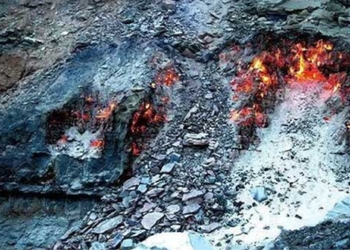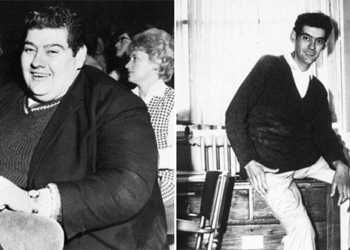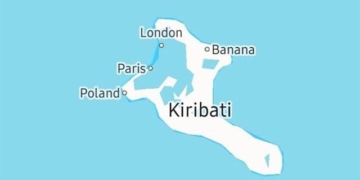Discover the fascinating tools that ancient people used to clean their teeth before the toothbrush was invented.
Oral hygiene has come a long way over the past several millennia. While most of us today automatically brush our teeth twice a day, ancient peoples faced much greater challenges in taking care of their teeth. Unfortunately for our ancestors, many of their ancient dental practices appear to have been ineffective, resulting in higher rates of cavities and gum disease—even though evidence suggests that they at least tried to keep their teeth in the best condition possible.
The earliest signs of oral care can be found on a 130,000-year-old Neanderthal jawbone from a cave in Croatia, which shows that the teeth had been scraped multiple times with some type of toothpick. Unfortunately, no specific tools were actually discovered alongside these prehistoric remains, but based on the evidence, researchers suspect that Neanderthals may have used pieces of bone or stiff grass to remove food from between their teeth.
Fast forward to around 14,000 years ago, and you come across the earliest known dental patient. Discovered in a rock shelter in Italy, this unfortunate individual appears to have suffered from tooth decay, with the decayed portion of at least one tooth having been intentionally scraped away with some kind of sharp stone tool.
The toothbrush is an essential item—we need to use it at least twice a day!
But have you ever wondered how tribal people living in the wilderness or ancient people cleaned their teeth when they didn’t have toothbrushes or toothpaste?
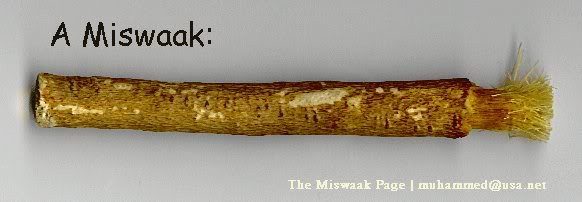
Miswak chewing stick.
Diving into history, scientists have discovered that ancient Egyptians commonly used chewing sticks to clean their teeth.
Chewing sticks are considered the “ancestors” of today’s toothbrush. Specifically, ancient Egyptians used small twigs, sharpened at one end, to pick their teeth, functioning much like modern toothpicks. Once the tip began to fray, they would split the fibers and use them to brush their teeth.
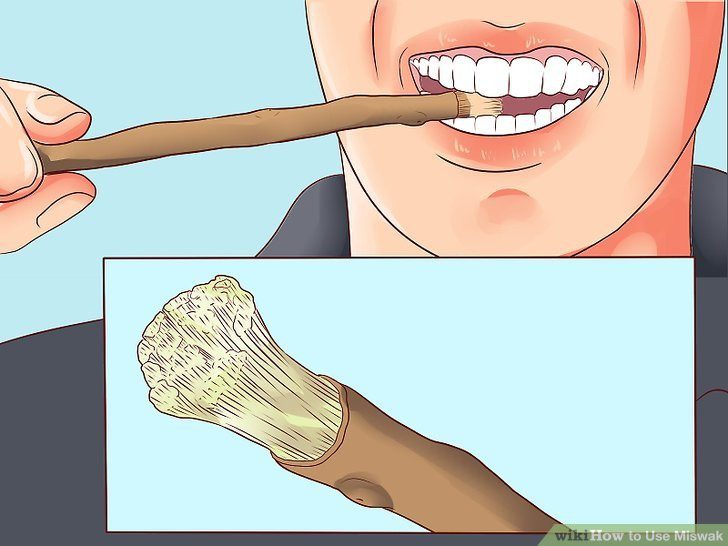
Chewing sticks are considered the “ancestors” of today’s toothbrush.
Not only did they brush their teeth, but the ancient Egyptians also knew how to combine it with abrasive powders and acidic substances to clean their mouths. This is believed to be the foundation for the later development of toothbrushes and toothpaste.
It is known that archaeologists have found quite a few traces of these chewing sticks in the tombs of ancient Egyptians. Thus, they believe that ancient Egyptians used chewing sticks as a method of maintaining oral hygiene.
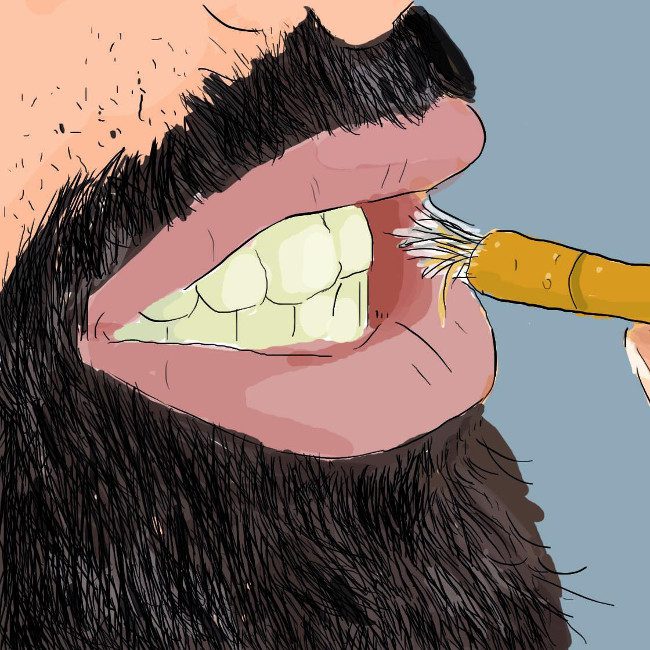
Ancient Egyptians used chewing sticks as a method of maintaining oral hygiene.
Even more surprisingly, in some regions of Africa today, especially among isolated tribes, they still use chewing sticks (known as Miswak) to clean their teeth.
The only difference is that they choose small twigs from the Peelu tree (or Arak tree), sometimes from walnut or olive trees, to clean their “dental set.”
Research shows that these twigs kill bacteria that cause gum disease, combat plaque effectively, and thus clean teeth safely.
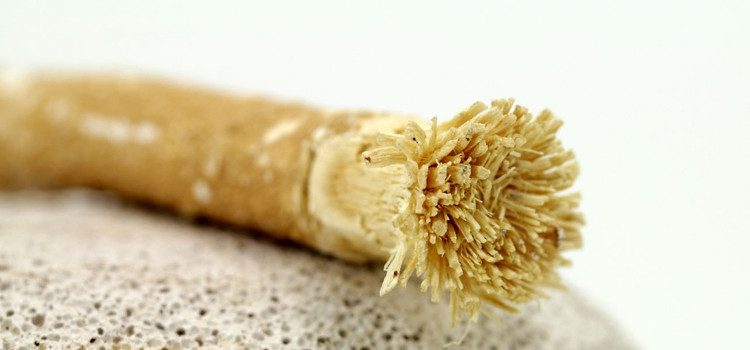
When the brush head is dirty or tangled, they will cut off that part and start with a new “brush” head.
To use Miswak, they first peel or chew the bark about 1.2 cm from the tip. Then, they chew the tip of the stick until the fibers begin to separate. They use this frayed end to brush their teeth like a regular toothbrush.
When the brush head becomes dirty or tangled, they will cut off that part and start with a new “brush” head. When not in use, they soak the tip of the Miswak in rose water to clean it.
In ancient and feudal China, people often used their fingers to rub their teeth or employed twigs as tools.
According to records from the Sui and Tang dynasties, ancient people commonly used willow twigs in place of toothbrushes. They would take a straight willow twig, shape it into a brush, soak it in water in their mouths, and then rub from the inside out. Sometimes, they would also combine it with tooth powders to enhance cleaning efficacy.
<p Historical documents indicate that since the Spring and Autumn period, people often used saltwater, tea, wine, or vinegar to rinse their mouths.
The previous generation began using toothbrushes during the Song dynasty. They used horsehair attached to a twig to create a “toothbrush.”
Of course, ancient people did not stop at merely brushing their teeth; they also used various natural products to ensure fresh breath. During the Ming dynasty, historical records document that ancient people used tooth powder. This powder served a dual purpose: cleaning teeth and treating oral issues.
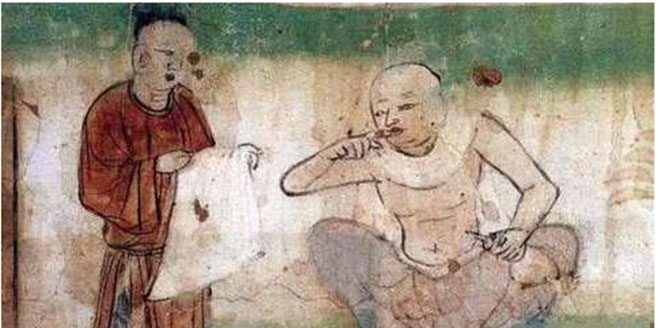
Instead of using toothpaste, ancient people used tooth powder made from various herbs. (Photo: Sohu)
The main ingredients of the tooth cleaning powder included licorice, fresh ginger, fangfeng, rehmannia, honeysuckle, and other herbs that were ground into powder and used for cleaning teeth.
These herbs effectively reduced odors, soothed hot sensations in the mouth, removed stains from teeth, and helped maintain healthy teeth. Depending on the era, the composition of the tooth powder varied.
|
Some of the earliest dental artifacts found by archaeologists include ancient toothpicks, dental tools, and texts describing dental care that date back over 2,500 years. The famous Greek physician Hippocrates was one of the first to recommend cleaning teeth with a dry toothpaste, known as tooth powder. Ancient texts from China and Egypt advised cleaning teeth and removing cavities to maintain health. Some early techniques in these cultures included chewing on tree bark or sticks with frayed, hair-like ends, as well as using materials like silver, jade, and gold to repair or decorate teeth. People in the Arabian Peninsula, North Africa, and the Indian subcontinent have a tradition of cleaning their teeth with chewing sticks made from the Salvadora Persica tree—known as Miswak. Europeans used cloth rolled in salt or soot to clean their teeth. |








































